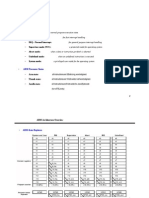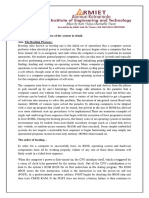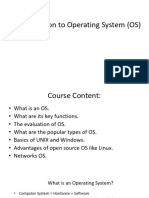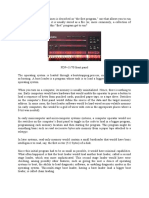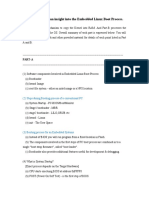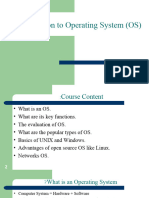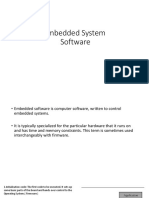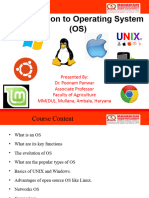0% found this document useful (0 votes)
25 views2 pagesSystem Software
The document discusses system software, focusing on startup and boot processes, including BIOS and UEFI functionalities. It also covers interrupts, processing techniques like multitasking and multithreading, as well as the concept of virtual memory and the machine cycle of the CPU. Each section highlights key components and processes essential for operating system functionality.
Uploaded by
llejoy703Copyright
© © All Rights Reserved
We take content rights seriously. If you suspect this is your content, claim it here.
Available Formats
Download as DOCX, PDF, TXT or read online on Scribd
0% found this document useful (0 votes)
25 views2 pagesSystem Software
The document discusses system software, focusing on startup and boot processes, including BIOS and UEFI functionalities. It also covers interrupts, processing techniques like multitasking and multithreading, as well as the concept of virtual memory and the machine cycle of the CPU. Each section highlights key components and processes essential for operating system functionality.
Uploaded by
llejoy703Copyright
© © All Rights Reserved
We take content rights seriously. If you suspect this is your content, claim it here.
Available Formats
Download as DOCX, PDF, TXT or read online on Scribd
/ 2







